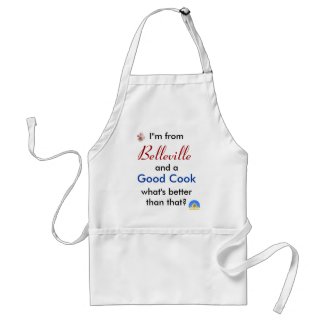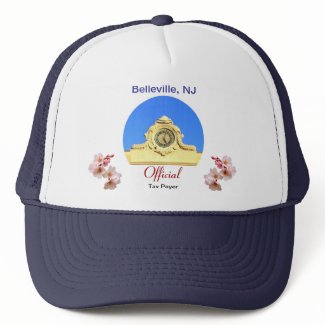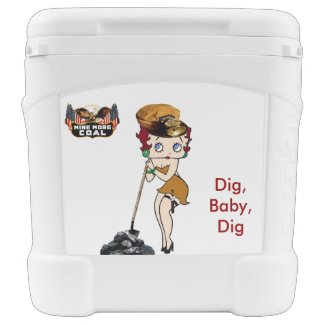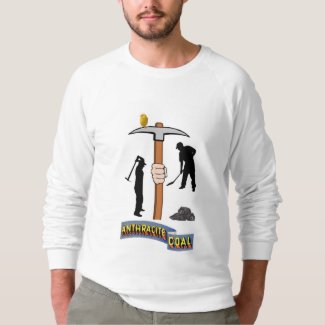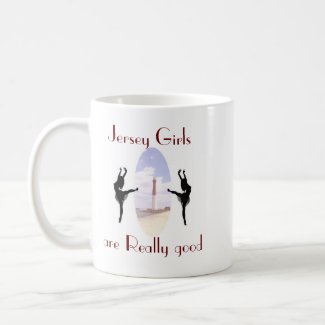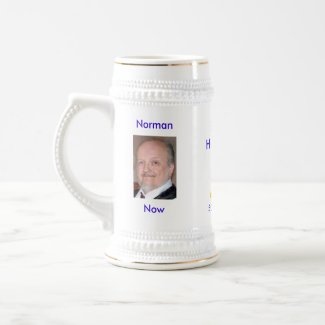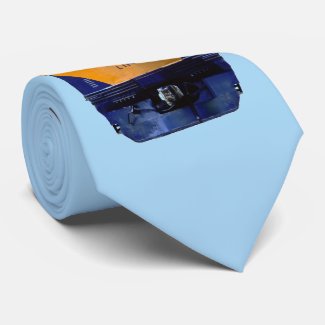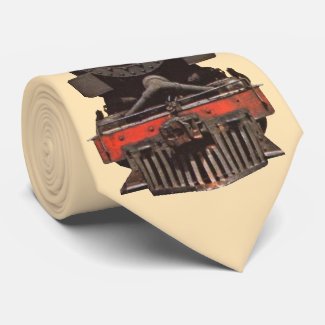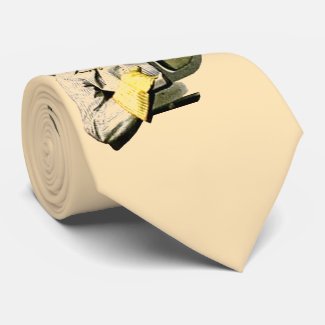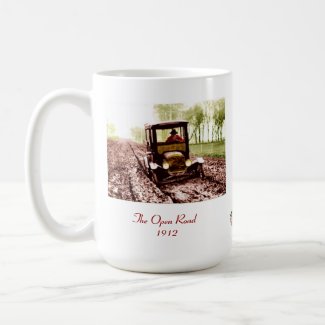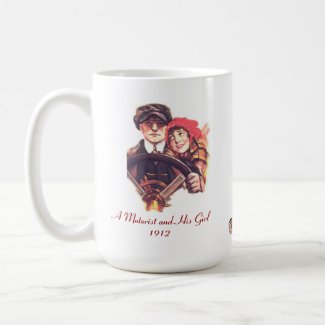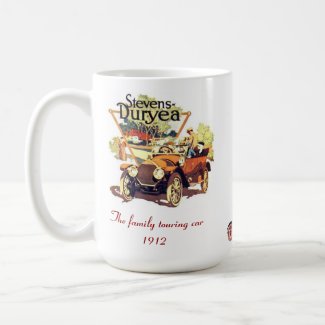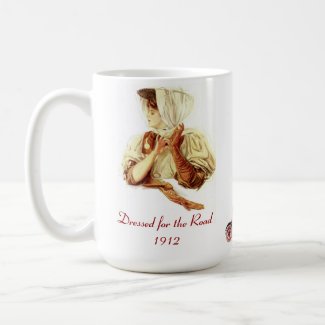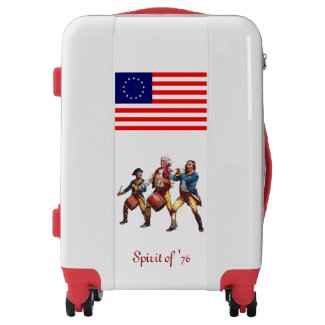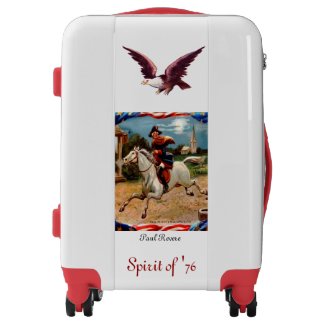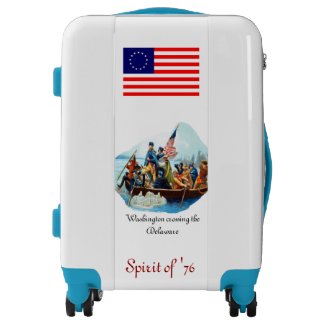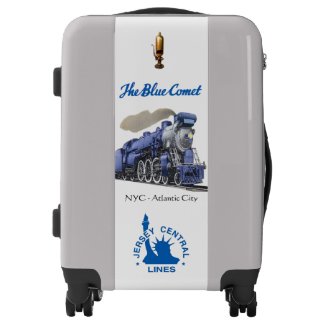100 Years Ago - part 2
Up-dated 9/3/11
In this installment of "Belleville 100 Years Ago", we will explore the ways and means and opportunities available to townspeople for that time honored folk ritual known as shopping. Our main business district at this time was Washington Avenue and the connecting side streets between Joralemon and Mill Streets. Main Street, the former business center was nearly abandoned by this time because of a series of devastating floods during the previous ten years. A few businesses remained on Main Street, but the movement was toward the higher ground of Washington Avenue. The reason is made abundantly clear in the photo archives of the Belleville Public Library and Information Center where pictures depicting the extent of the massive flooding on and around Main Street can be viewed.
Shopping a hundred years ago was a very different kind of experience. Shopping malls, as we know them, were still 50 years into the future. But, no matter, most everything you needed was usually available in a neighborhood store. Special interest items beyond the ordinary could be purchased in New York City, only a 40 minute train ride away. Best of all, there was nothing you could imagine needing from anywhere in the country that could not be purchased from the Montgomery Ward catalog. These catalogs continued to be available well into the '80s, but those from this earlier decade were far more comprehensive.
Transportation was limited. Motor cars were still a luxury item, and would remain so for a few more years until Henry Ford perfected the assembly line making them easily affordable. At this time motor cars were owned by only the well-to-do; driving them was an adventure as the controls were not yet standardized and the driver needed considerable skill as a mechanic to ensure a motorized return to his starting point. Shoppers were aided by an electrfied trolley that ran the full length of Washington Avenue. Transportation to Newark was available, but at this time it was actually still easier to go to New York City. Train service to New York was frequent, reliable and inexpensive. In spite of these travel limitations, there were really no hardships.
Grocery shopping, for example, was most often done at a small, nearby store. There were a lot of grocery stores in Belleville. There were not many residents who did not live within two or three blocks of a grocer. There were, however, no large loads for the housewife to carry for several reasons. First; the kitchen "refrigerator" was actually an ice box with minimal storage space. Shopping for food stuff was carried out daily or every second day. Secondly; most housewives shopped the "modern" way, by phone. The lady of the house, would crank-up her phone, tell the operator to connect her to the grocer who would write-down her list. A short time later, a young lad pulling a wagon would deliver the goods to her kitchen door. If there was no hurry for delivery, the grocer might deliver her order on his horse-drawn wagon while on his daily rounds. Although motorized trucks were common, most local merchants still preferred the reliability of the horse. Also; many fresh vegetable and fruit vendors came through the neighborhood each day. Dairy products and bread were delivered to the door daily as well. Food shopping took less of a housewife's time in those days than it would today, so there is no need to feel sorry for her on that account.

 Actually, any purchase you made which would not fit into an easy to carry bag, would be delivered to your door, this was standard practice. Since most folks were so accustomed to hands-free shopping, is it any wonder that many an evening of shopping pleasure, especially in the absence of televisions, radios and computers, were spent turning the pages of the Montgomery Ward Catalog or that of their chief competitor, Sears and Roebuck.
Actually, any purchase you made which would not fit into an easy to carry bag, would be delivered to your door, this was standard practice. Since most folks were so accustomed to hands-free shopping, is it any wonder that many an evening of shopping pleasure, especially in the absence of televisions, radios and computers, were spent turning the pages of the Montgomery Ward Catalog or that of their chief competitor, Sears and Roebuck.
If the reader will take a moment to recollect the largest shopping mall ever visited, consider the variety of merchandise offered, multiply that by five, then one can begin to understand what might be found in those 800 to 900 pages of the catalog. Every kind of kitchenware, fashions, lamps, oriental carpets, books, victrola records, toys, exotic teas and coffee, even drugs were offered. Not that there were no drug stores in Belleville, there were several, but if the buyer were not in urgent need and could wait for delivery, Montgomery Ward, at a discount, would send anything that existed, hundreds upon hundreds of drugs, herbs and patent medicines, from Aspirin to opium, Epsom salts to morphine and even Carter's Little Liver Pills.
A glance at the array of advertising by Belleville merchants which has survived gives us an idea of what we would expect to find on the streets of Down Town Belleville 100 years ago. Although, since we are only able to present surviving ads, it may be misleading, but it does seem that there are at least as many confectionery / candy stores as there are grocery stores. It is almost tempting to think that our town folks had a sweet tooth! ... perhaps.


A peek into the past

Washington Avenue looking North towards Williams Street.

Store front at 127 Washington Avenue.
Even this brief survey of merchants who set up shop along our streets and those other recourses available, shows us that our civic ancestors were in want of nothing to be purchased at retail.
There were many others. One might plan a days shopping while sipping coffee at Mougel's Cafe at 5 Washington Avenue. If a camera was on the shopping list, a stop might be made at the Belleville Pharmacy, the prescription drug store whose ad claimed to be "the only store selling Kodaks and Camera Supplies, Rexall Remedies, Huyler's Candies and was the headquarters for postal card views of Belleville". Mr. W.D. Cornish, Ph. G. was the proprietor. If new clothes were on the agenda, Mr. Testa, the custom tailor at 267 Washington Avenue would be accommodating. His ad implores prospective customers to " Try me for that new suit at reasonable prices". He was also available for cleaning and dyeing. Perhaps the pantry needed restocking, in which case a stop at E.R. Plath at 408 Washington Avenue would be in order. Mr. Plath was a "dealer in superior coffees, teas, rice, spices and extracts. Satisfaction is guaranteed. Prompt delivery. Our wagons deliver daily in Belleville. Our coffee is roasted daily".
-
The list of merchants goes on; John Reilly, Jr. sold "sanitary milk" from his establishment at 100 Oak St.
-
Jno. Nevin Klien, reliable Drugs only, at 111 Washington Avenue.
-
H. Kuntz, meats and provisions, first class market, telephone connection 2539-M Washington Avenue.
-
Washington Market, Otto Groner, Grocer and Butcher, phone 2418-J, 122 Washington Avenue.

A look inside Otto Groner's store.
-
M.M.Ryno staple and fancy groceries, hay, grain, Chesterfield and Tom Keene Cigars, phone 2416-R, located at 223 Main Street.
-
Charles Kuhlmann, dealer in Meats and Groceries, fruits and vegetables, 249 Washington Avenue.
-
Gustave Fleur, Groceries, Delicatessen and Stationery, Telephone 2438-J, Belleville, 36 Washington Avenue.
-
It seems a fair assessment that free enterprise was alive and thriving in our town a hundred years ago. The many merchants listed here are by no means a complete list. Only a handful of advertisements have survived for a century. The number of privately owned small businesses was impressive. Pride in entrepreneurship was part of the culture of our civic ancestors. There is a certain "home town feeling" that comes with shopping where the storekeeper knows your name and caters to your tastes. Shopping with neighbors in friendly, local stores was a very pleasant experience.
* * *









